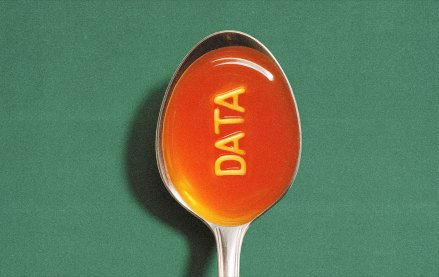Offer extended:
Save 50% on a 3-month Digiday+ membership. Ends Dec 12.
Twitter certainly had a moment on Sunday evening, when the news broke that Osama bin Laden had been killed–starting with former Bush Administration staffer Keith Urbahn’s tweeted ‘hot damn’ heard round the world. Now digital pundits are busy weighing in on What It All Means.
For the social media zealotry, Bin Laden’s death — or rather the way people found out about it — marked a sea change in news consumption. Twitter as the Future of News. There’s another, more sober-minded camp that sees yet another social media/pop culture gatherings on the Web, along the lines of Michael Jackson’s death or Obama’s inauguration. And then there are the detractors, who are ready to call BS on any social media advance championed by insufferable self-proclaimed social media experts.
The truth, naturally, probably somewhere in between.
“This may be the most striking example of how social media have become integral to communication today,” said Claudette Artwick, associate professor, department of journalism and mass communications at Washington and Lee University. “It’s interpersonal, group, political, media, and global—churning at 4,000 tweets per second. It’s unofficial and official, on the scene and in our homes, from moment to moment blending yesterday, today, and tomorrow. This is where we live.”
Some people surely live on Twitter. Yet A whole lot more live on Facebook. From a pure numbers and usage perspective, Twitter isn’t in Facebook territory yet. As a recent Fortune feature highlighted, many people try it and don’t like it — or don’t make it part of their daily lives.
Plus, Grandma might be looking at baby pictures on Facebook more and more these days, but she’s probably finding out about Bin Laden’s death from Wolf Blitzer, not a retweet. Indeed, for a sizable part of the population, social media plays little to no role in their media lives–and TV still rules. At its peak on Sunday night, CNN pulled in 9.5 million viewers, while Fox News drew over 5 million viewers.
TV still rules the roost. Given the Sunday night timing of the news, many people awoke to the news on Monday, and flipped on the tube, or turned to the Web for news, not necessarily social news. CNN reported that starting on Sunday evening until about 1:00 p.m. EST, CNN.com generated 88 million global page views, a massive surge of 217 percent over the same time period over the past 4 Sundays.
The site also generated 13.8 million global video starts, 725 percent more than the previous four Sundays on average. So is the media–or more precisely the Twitter-loving universe of media reporters–overstating Twitter’s role in the bin Laden news? Did most people just find out on TV?
“People all over the world were tweeting,” argued Artwick. “The event apparently broke on Twitter, albeit unknowingly. And the news media have been using Twitter and Facebook to engage with their readers, viewers and listeners. The flow of information is extraordinary, and it’s shifting away from top-down to multi-directional. So, yes, while many of us chose television as our main source of information on this event, the dynamics of social media call for attention and examination.”
Maybe. But let’s look at the data to be sure. If users were cranking out 4,000 tweets per second, say for two hours — that’s 28.8 million tweets. A handful of Sillicon Valley geeks and media reporters can’t account for that kind of volume. That’s mainstream territory.
What’s probably true is that with each event of this nature, social media — particularly Twitter — becomes that much more integral to its passionate users lives, while indocrinating a significant number of converts. For others, it will remain a curiousity — for now at least.
“Social media scholars have their radar on these phenomena, and are providing some insight, but it’s still early in the game,” said Artwick. “I am eager to see their research provide solid data over time.”
More in Media

As big brands flood the podcast ad space, startups are refining strategies to stand out
December 8, 2025
While a influx of big advertisers is good news for podcast companies, it also makes it more challenging for small- to mid-sized brands to stand out in the space.

Meta enters AI licensing fray, striking deals with People Inc., USA Today Co. and more
December 5, 2025
The platform has secured seven multi-year deals with publishers including CNN, Fox News, People Inc., USA Today Co to incorporate their content into its large language model (LLM) Llama.

European publishers say the Digital Omnibus ‘cookie fix’ leaves them worse off
December 5, 2025
The European Union’s attempt at a legislative spring clean for Europe’s web of data privacy rules, has landed flat with publishers.





